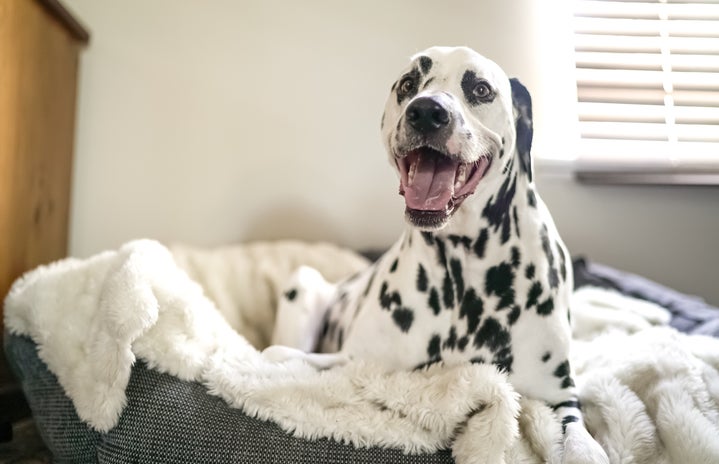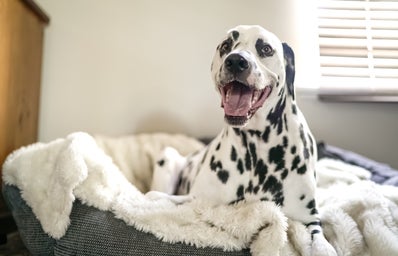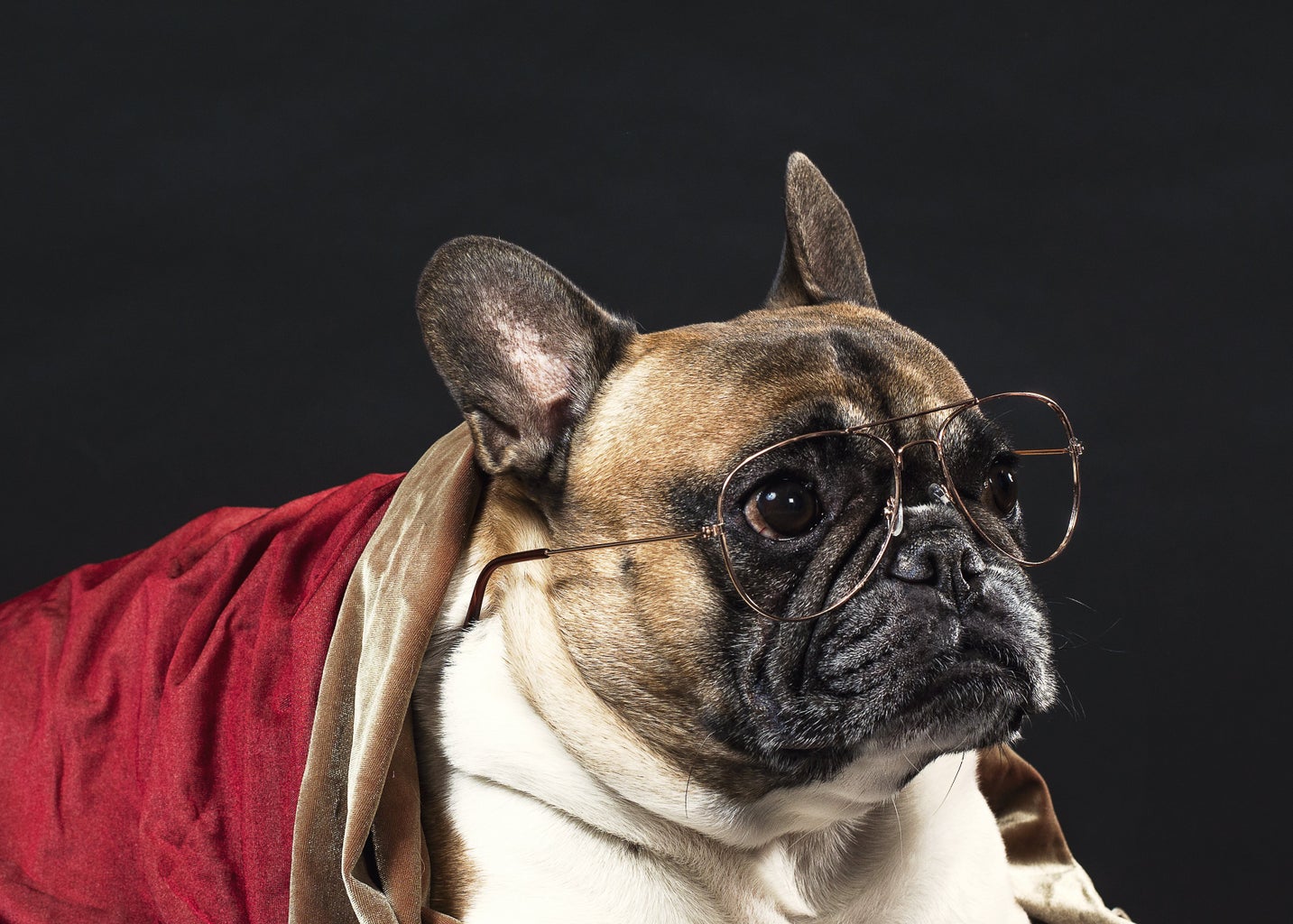You’re driving down the road one day, and some random minivan merges into your lane ahead of you. Maybe you groan, thinking that surely this mom-mobile is going to be moving slower than you’d like. But then, a furry snout pops out of the passenger-side window and looks back at you, a day-brightening smile on its face as the wind throws back its floppy ears and pink, panting tongue. A dog! The car in front of you has a dog in it! Of course it does. You can now read the bumper stickers on its rear that say things like “I love my lab,” and “love is a four-legged word.” There’s even a “who rescued who?” sticker. All familiar, cheesy dog-lover sentiments, right?
Well, that’s what I used to think. Don’t get me wrong; I love dogs, and even have two of my own waiting for me back home in South Carolina. But every time I saw stickers like the ones I just described, I couldn’t help an eye roll. As I said, they’re just plain cheesy. But now that I’ve been away from my precious pups for nearly three months, I’m beginning to wonder if those stickers are on to something. Specifically, the ones asking, “who rescued who?” because this is a question I’m beginning to ask myself.
Both of my dogs are rescues. They were each adopted from my local humane society about a year apart. While I have always loved them both dearly, and am certainly glad to be in a family capable of keeping pets, I’ve never felt like they “rescued” anyone, whether it be me or my family members. I was always staunch about the belief that we humans were the ones doing the rescuing. The lives of shelter dogs like mine are inarguably better in the safe, happy homes of loving owners, and most are never expected to do anything more than be well-behaved and lord over the living room. These are just ordinary dogs we’re talking about, after all, not specially-trained service animals.
But the longer I’m away from home and the pets that reside there, the more I notice their absence. Is it really true that just because my dogs were not performing any explicit services, I wasn’t benefitting from their presence? Or could there be a different way the average canine is giving back to their human friends?
For an answer, I decided to turn to some research studies, such as one from Australia that explored the effects of owning a dog on subjects’ mental well-being. This study took place over a period of eight months, and found that subjects in the dog-owning group experienced a “reduction in loneliness within three months, with the observation persisting to the end of the study.” It speculated that this could be for a variety of reasons, including an increase in social interactions via meeting people on dog walks, or even that regular interactions between humans and dogs could have a mood-enhancing effect.
Another study from Washington State University supports the idea that normal interactions with dogs have a mood-enhancing effect. In an experiment where students were either allowed to pet dogs for 10 minutes, observe the dog-petters, look at pictures of the dogs, or sit quietly without stimuli, it was found that “students randomly assigned to participate in 10 minutes of hands-on interaction with cats and dogs from a local shelter exhibited significantly lower salivary cortisol levels at posttest,” compared to the other participants. Cortisol is a major stress hormone, so lower levels of cortisol mean that those allowed to pet dogs were the least stressed of any of the students in the experiment. I personally find this to be very impressive; even just petting a dog briefly can help you relax!
After discovering the above information, I was already pretty sure I had my answer: even dogs adopted purely for companionship can have a noticeable, positive impact on their owners. However, one last study made me certain. This study explained that, in a UK experiment, dog owners were found to be more physically active than people without dogs. This, you may guess, is because of the time dog owners spend walking their dogs each day. The study also found that these walks were usually an additional activity rather than an alternative. In fact, the research suggested that “dog owners are also more likely to participate in jogging or running without a dog than non-owners.” So not only do dogs require people to exercise, but they also seem to encourage people to go above and beyond!
From improving your mood to motivating physical activity, I’m now convinced that dogs make our lives better. Though they are by no means a cure-all, I have to value the fact that they can benefit both mental and physical health. So maybe the question of “who rescued who?” isn’t quite as black-and-white as I first thought. My family definitely rescued our two dogs, yes, but they’ve been repaying the favor ever since.
It really goes to show that the bond between humans and dogs is a mutually beneficial one. No wonder they’ve earned the title of man’s best friend!
Want to keep up with HCBU? Make sure to like us on Facebook, follow us on Instagram, check out our Pinterest board, and read our latest Tweets!





